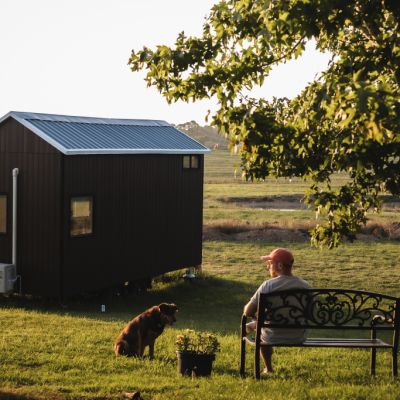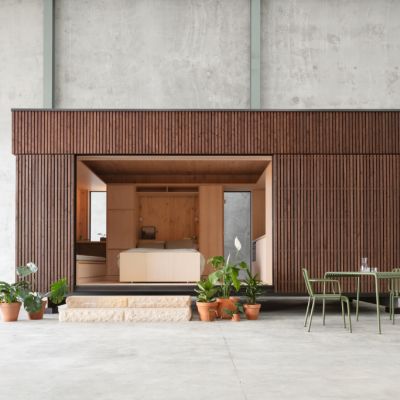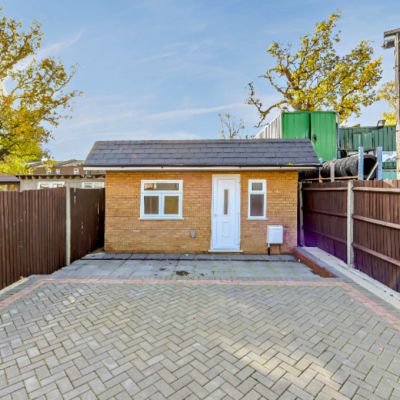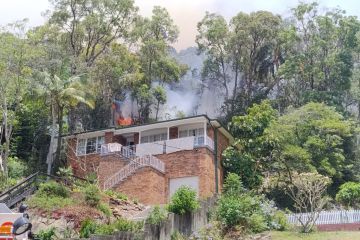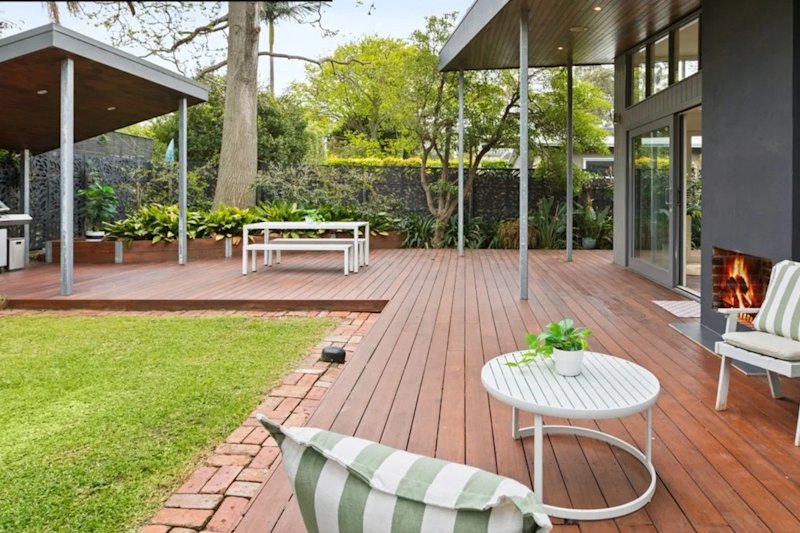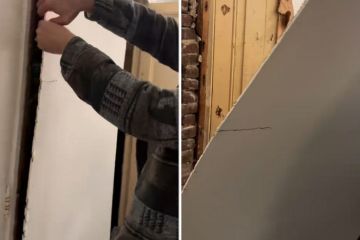Housing affordability crisis: Could tiny towns of tiny homes in caravan parks help?
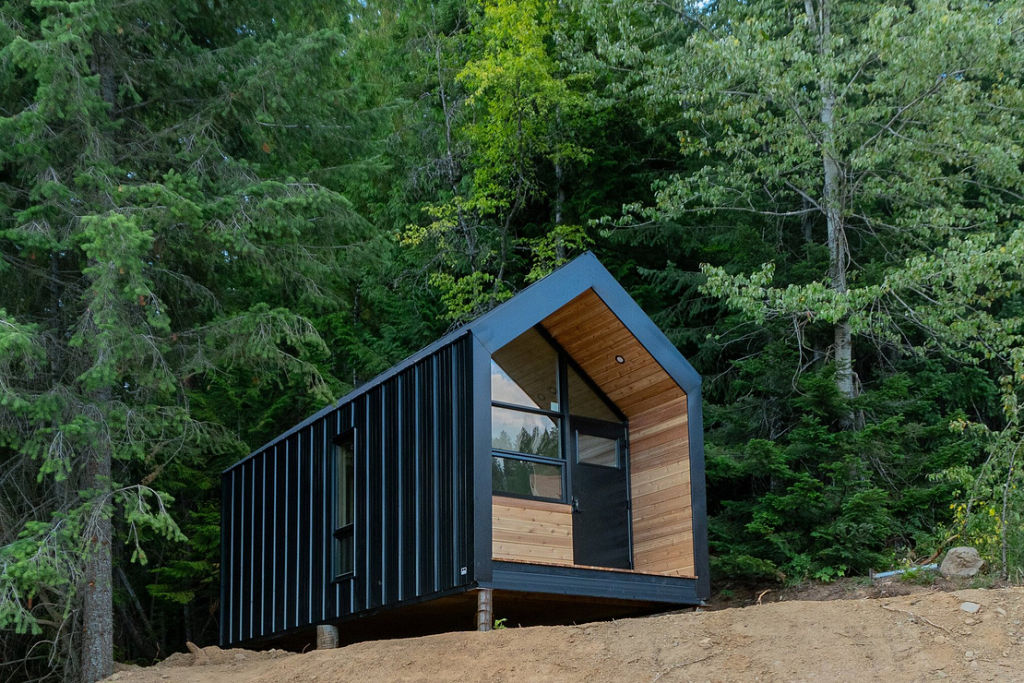
Australia may have fallen in love with tiny houses, but could tiny towns of tiny houses help provide a solution to the country’s crippling home affordability crisis?
One developer is currently buying up old caravan parks in Victoria – with plans to expand into other states – and replacing older caravans with architect-designed, newly made tiny houses in the overhauled, reconfigured parks.
At the same time, a construction company is planning a pop-up rural village of tiny homes in an experiment being put to councils along the east coast of NSW as homes for young people, retirees on fixed incomes and those in need of cheaper housing.
At a time of both record-high house rents and prices, both schemes are aimed at providing homes for those on the bottom rung of the property ladder.
“It makes perfect sense,” said developer Lei Feng, director of Preer Property Group, who’s so far bought six caravan parks in metropolitan Melbourne areas like Rosebud, Pakenham and Cranbourne, and is currently negotiating on three more.
“We have 2481 caravan parks in Australia and 90 per cent of people in the ones that aren’t just for holidaymakers are permanent residents. Some are living there 20 to 30 years. Historically, many of the parks are run-down and owned by mum-and-dad operators, so they’re ripe for conversion.”
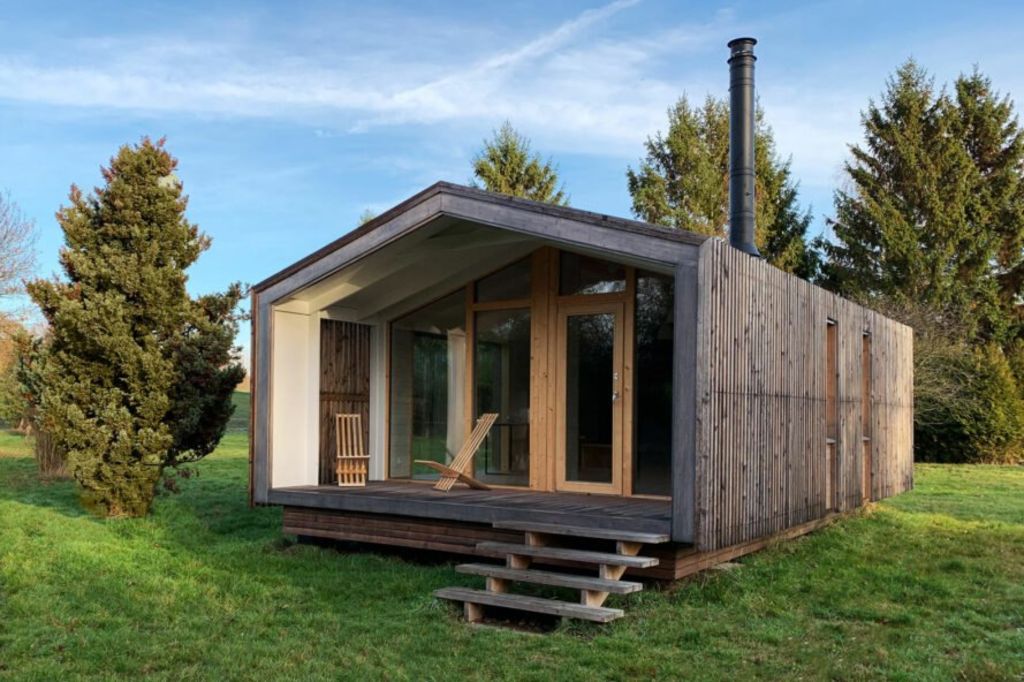
He came up with the scheme of investors buying the parks and then improving the housing there for either sale or rent after visiting the US and discovering that 24 million people live permanently in trailer parks. Here, the 2016 Census found 10,685 are long-term caravan park dwellers.
His tiny 40-square-metre houses are built in China for $100,000 to $120,000 and installed in the parks either for sale or for rent at around $250 a week for a two or three-bedroom dwelling. This, he points out, is about half the cost of a regular home.
“It’s a financial model that works for investors and provides decent value and helps people with affordable housing issues,” he said.
“It doesn’t help to just throw more funds at people; this is about looking after the people who are running out of options. The roll-out is improving the quality of their lives with properly planned space between houses, and they’re beautifully designed with a small footprint but real luxury with a double-roof height, floorboards and open-plan living.”
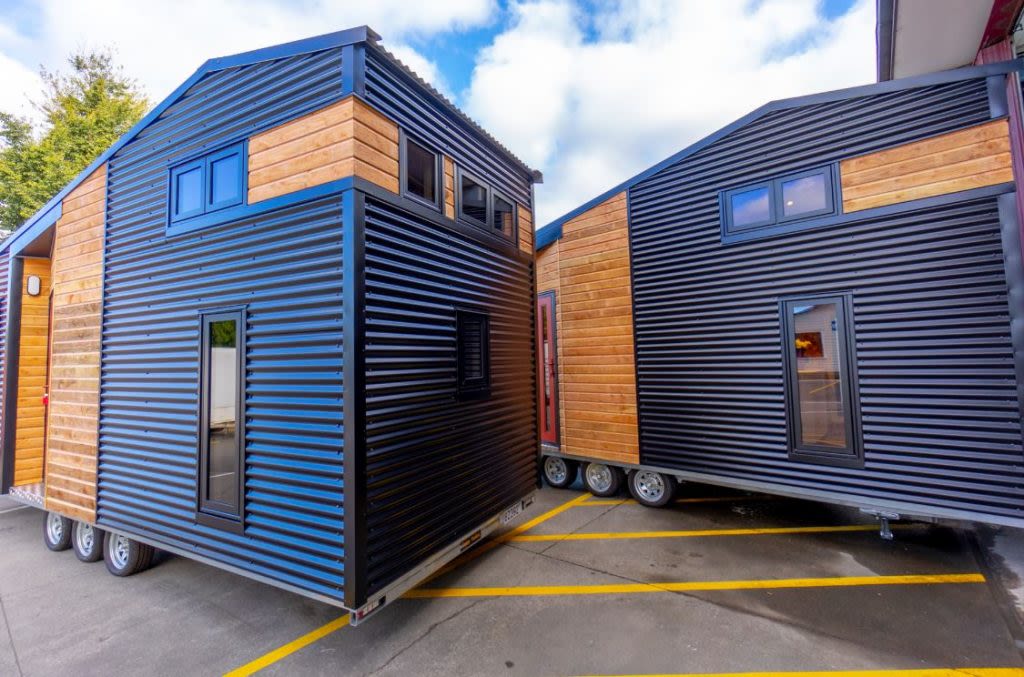
Meanwhile, construction company Ieshahomes has an application lodged with the Coffs Harbour City Council on the NSW Mid North Coast to build a pilot pop-up village of tiny houses on a rent-to-buy basis that will give people a foothold in the property market.
Company director Jon Benelle is himself homeless, and lives in his car on the riverbank in Belligen. He came up with the scheme after eight years of building regular houses in both Australia and New Zealand, but seeing an acute shortage of affordable homes to either rent or buy on the NSW coast.
Now he has a Development Application being considered to place 68 Australian-designed and -made sustainable, fire and cyclone-rated tiny houses in a manufactured village on eight hectares of rural land near Nymboida, 44 kilometres south-west of Grafton. If that goes ahead, he has plans to build seven more between the Central Coast and the Gold Coast, and then expand further afield.
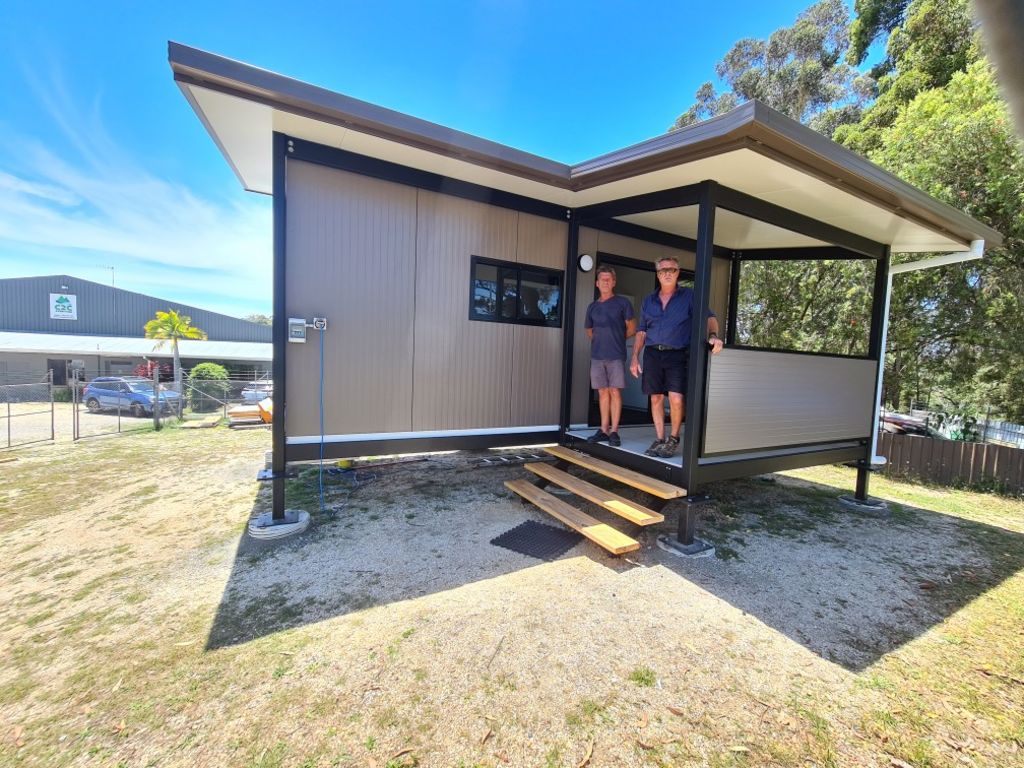
“If successful, the world’s most modern pop-up village will be showcased to Australia and to the international market,” said Mr Benelle. “They’re environmentally sound homes that could be the answer for the homeless, the van people, the elderly, the young and anyone who’s having trouble finding a home.
“This is a game-changer to help solve the rental and affordability crisis. We’ve had applications already from people interested in living in the manufactured village and we’ve had interest from several other east-coast councils. We then plan to roll out this idea throughout Australia and then New Zealand and we’re also talking to Austrade about taking it to England, too.”
Both projects are aimed at creating more affordable housing, although Mr Feng’s project also plans to provide a sizeable yield to investors of eight to 10 per cent per annum. With so many caravan parks having spare, unused land, reconfiguring the parks “can easily achieve an increase of $150,000 of additional revenue within the first year”, Mr Feng said.
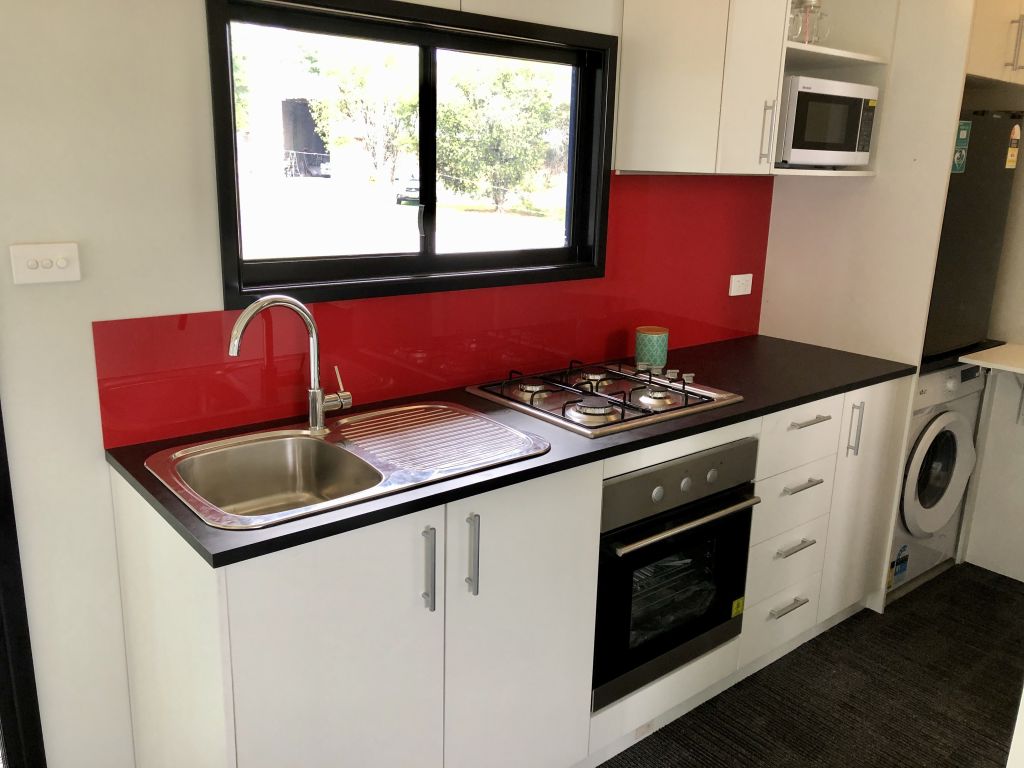
Experts say fears of a whole new underclass of people being created living in these caravan parks are baseless – at a time when so many already live in parks.
Urban planner Peter Phibbs of the University of Sydney’s School of Architecture, Design and Planning said his main concerns lay with the security of tenure of residents.
“The thing about the market at the moment is that people at the bottom on incomes like pensions and benefits have very few options,” Professor Phibbs said. “So a caravan park is an option, and often a pretty affordable one.
“Unless people are being kicked out or prices are being put up, then improving the parks in this way would probably be a good thing. And I know if the alternative was living in a car, I’d choose a caravan park.”
We recommend
We thought you might like
States
Capital Cities
Capital Cities - Rentals
Popular Areas
Allhomes
More
- © 2025, CoStar Group Inc.
